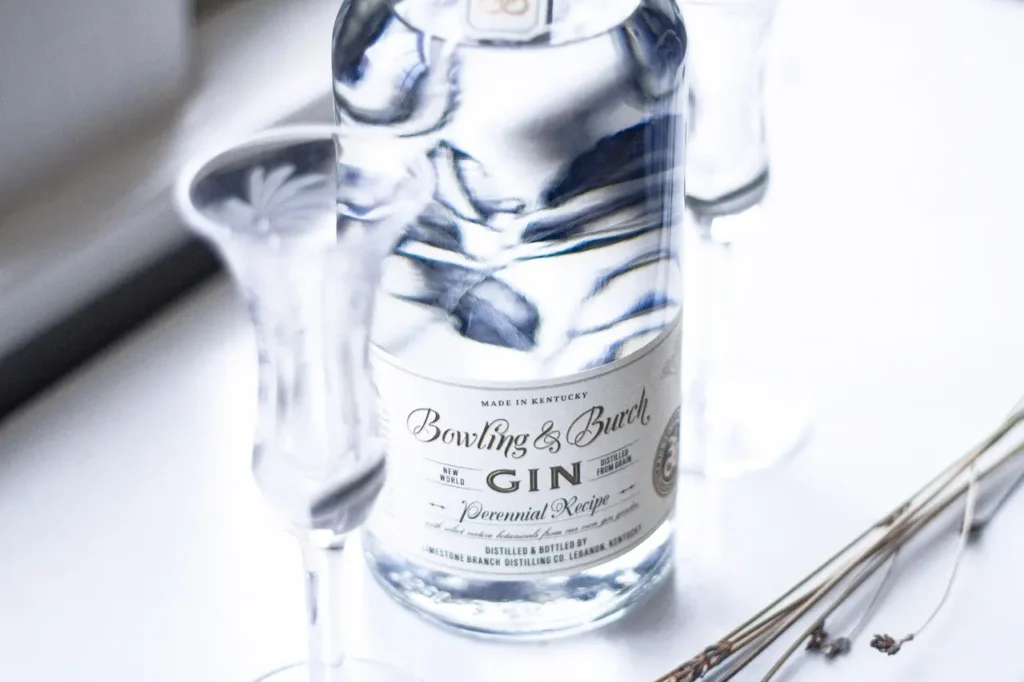Whether over Zoom or in a safe, social distancing way at home, hosting a gin tasting is a great way to break the ice at a gathering while simultaneously expanding your tasting horizons. All you need are some different gins, decent glassware, and willing participants.
Keep It Simple
Don’t go overboard on the gins lest you overwhelm your nose and palate. Stephen Fante, whiskey ambassador and executive bourbon steward for Limestone Branch Distillery, conducts many spirits tastings. He recommends serving no more than three or four gins.
Aim for Variety
Naturally, we suggest that one essential gin at every tasting should be Bowling & Burch Gin. A New World gin, Bowling & Burch uses 17 different botanicals in its concentrated distillate, so it tends to be a bit sweeter than a typical London Dry, and a bit lighter on the palate.
Other choices might include a London Dry style, a Plymouth gin, an Old Tom style, or a Navy Strength gin, all of which vary in their taste profiles and strengths.
Keep It Neat
We don’t mean don’t spill any gin (but, don’t). We mean drink it neat and forego any ice or mixer. After the tasting, though, it’s great fun to take the different gins and see how they react in the same type of cocktail.
The Right Glass
To hold aromas in the glass, opt for curved glassware rather than straight-sided tumblers. The tulip-style Glencairn whiskey glass will work, though Fante says these types of glasses can concentrate the volatiles in the upper chamber, so it’s best to blow across the top of the glass before nosing the sample.
A distiller’s glass has a somewhat larger mouth and dispenses with the need to blow across the lip.
Keeping Order
It’s best to line up your samples from the lowest proof to the highest.
Taking Sips, Taking Notes
Begin with the aroma. Swirl the gin in the glass before nosing it, and nose it gently, as the volatiles can be strong initially. Swirl again, take your first sip, and see if the nose and flavor match up. Swirl a small amount around in your mouth to hit all your taste sensors and aerate slightly by sucking in some air to further intensify the flavors.
Finally, swallow, and pay attention to the finishing notes.
When you’re done tasting, rate the gin on a 1 to 4 scale, jotting down any characteristics you notice in the aroma and palate, from spicy, fruity, or floral notes, and any likes or dislikes. But keep it informal; this is just for fun.
Between Sips
To clear your nose and palate between samples, some recommend sniffing a handful of coffee beans. Fante says your own scent will do; sniffing the crux of your arm should reset you to neutral.
Compare and Contrast
When you’ve gone through all the samples, open the floor for discussion. Then, move on to the cocktails.

